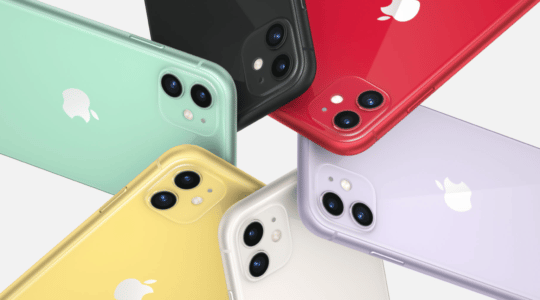
As an admitted Apple fanboy, and someone who will reluctantly confess to watching way too much television, I ordered the new Apple TV the morning it became available. After a few weeks my impression is that it has the potential to revolutionize how media is consumed in the living room.
The Breakthrough of the Apple TV Remote
Where Apple has always excelled is understanding how to enable people to interface with technology. They know that the challenge is to make the tech adapt to people, rather than the other way around. For Apple TV this starts with the remote. Every other television remote is a massive collection of buttons. The Apple TV remote has a small number of buttons, and the touchpad that makes it incredibly easy to move between apps. (More on the apps in a second.)
In addition to the touchpad the remote comes with Siri. Within a few minutes of setting up the Apple TV, I asked it to “play soccer” and Apple TV pulled up two choices of International Soccer and MLS Soccer. Both options led to a menu of upcoming broadcasts of International and MLS games, respectively. After a few weeks I’m now using Siri to guide almost all of my television searches.
The other critical advance with the remote is the accelerometer, which is obviously critical for playing the games. Within 20 minutes of unboxing I was playing Wii type games. As a huge fan of the Wii, I loved the tennis and driving games. Notably, the games I downloaded were free to play with in-app purchases. Apple TV isn’t a game console—at least not yet— but it has the potential to create a new market for app game developers. At a minimum I think that coming out of holidays this year a blockbuster game for Apple TV will emerge.
Improvements for 2016
So the Apple TV is a great first step, but as with any first release there are some improvements that I’ll wager that Apple is working hard on.
App Store Discovery. I scrolled around through the UI to find interesting games and apps but it wasn’t really intuitive. What is clear is that, for now, the Apple TV app store will favor the apps at the top of the charts even more than the regular Apple App Store does. Developers are already complaining about the lack of discovery options for their apps. To help aid in that discover, TUNE partners like AppLovin have begun to address the issue by announcing the availability of advertising SDKs for the Apple TV. I believe a robust ad business, initially focused on ads for apps, will emerge in 2016.
Building the Ad-Supported, Television App Ecosystem. There are a few apps from big TV networks like NBC and PBS that have free content. Most apps, like CBS and HBO, require a subscription. Perhaps Apple and the television networks are waiting for Apple TV to build reach, but it seems to that one of the biggest opportunities for Apple TV lies in enabling advertising within the television apps. The Apple TV could enable targetable advertising for the television apps. This type of programmatic advertising would permit the networks to deliver highly relevant ads to consumers, and high value for their advertisers. Also, given that the ads would appear on a television, which is where the 30 second commercial was born, the perceived intrusiveness of the ads might be lessened. Consumers who were absolutely against ads could always pay for the commercial-free experience.
Going forward, a way to think of the Apple TV apps, particularly the television apps, is to think of them as magazines at a stand. Premium content, like that found in a magazine, was traditionally paid for largely with subscription revenue, with a bit of ad revenue on top. Consumers used to subscribe to a few magazines each month and then browsed, and perhaps bought, the occasional magazine at the stand. Television and game content on the Apple TV could easily go that same route. If this metaphor holds then it also means the continuation of the trend where networks and app developers focus tightly on a specific audience.
Consumers will subscribe to the network whose shows works for them. The most commonly used example here are sports networks like ESPN or the NFL Network. Users could still view the content on other television apps, provided they are willing to sign up for a free account and watch a few targeted ads. Likewise, consumers will buy the games apps they like the best. For other apps they will be required to view ads.
Of course, this environment isn’t too different than what we have now in the online and mobile world. What IS different is the form factor of the ads themselves. The television is where the 30 second commercial was invented. A flourishing advertising environment on the Apple TV would enable television networks, gaming companies, and other content creators to offer relevant, targeted ads to consumers at a price that supports the cost of creating their content. And THAT would be truly revolutionary.
Like this article? Sign up for our blog digest emails.
Author
Becky is the Senior Content Marketing Manager at TUNE. Before TUNE, she handled content strategy and marketing communications at several tech startups in the Bay Area. Becky received her bachelor's degree in English from Wake Forest University. After a decade in San Francisco and Seattle, she has returned home to Charleston, SC, where you can find her strolling through Hampton Park with her pup and enjoying the simple things in life.




Leave a Reply
You must be logged in to post a comment.